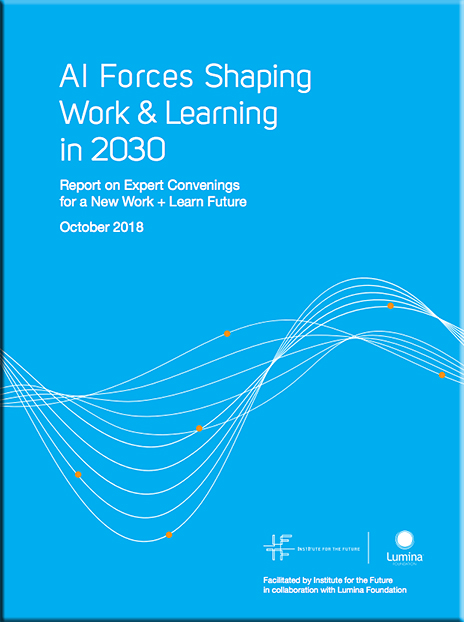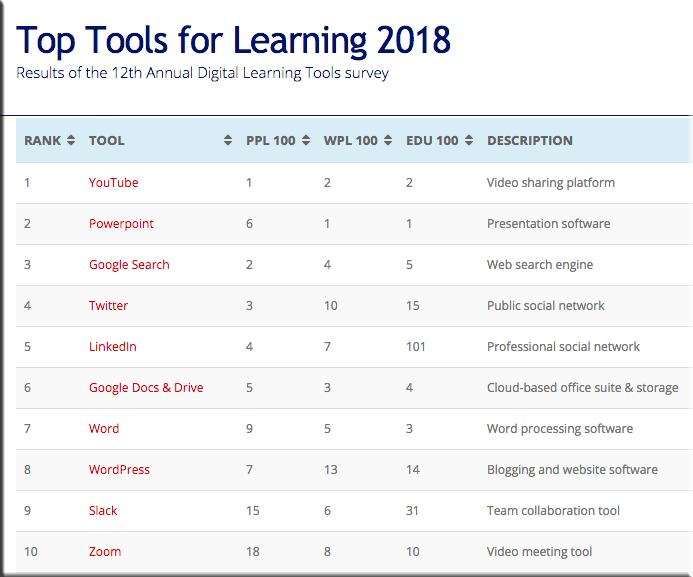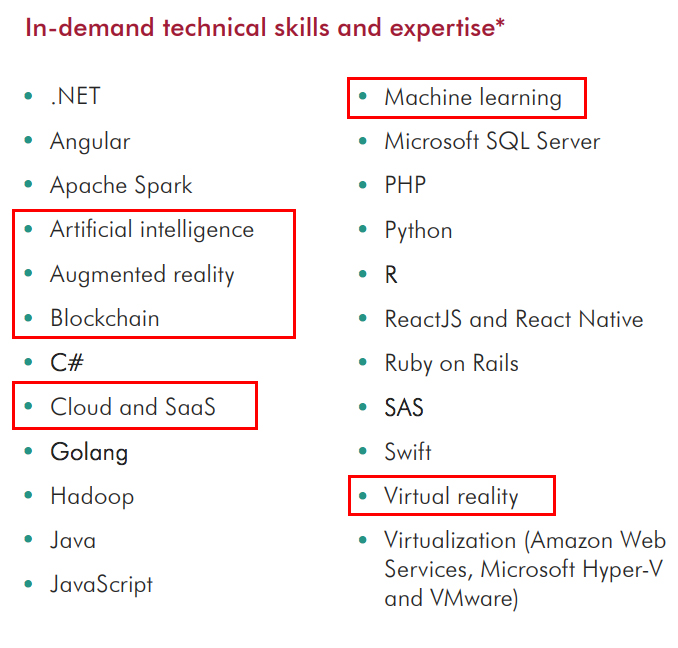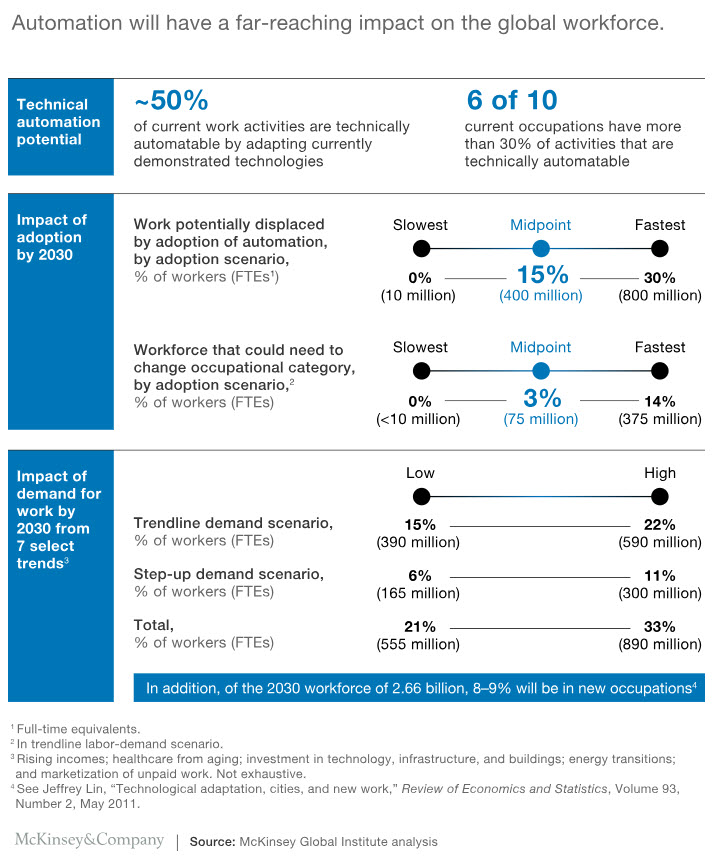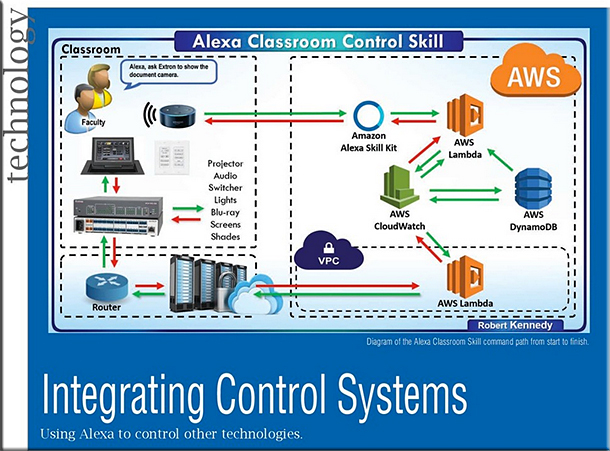The world is changing. Here’s how companies must adapt. — from weforum.org by Joe Kaeser, President and Chief Executive Officer, Siemens AG
Excerpts (emphasis DSC):
Although we have only seen the beginning, one thing is already clear: the Fourth Industrial Revolution is the greatest transformation human civilization has ever known. As far-reaching as the previous industrial revolutions were, they never set free such enormous transformative power.
The Fourth Industrial Revolution is transforming practically every human activity...its scope, speed and reach are unprecedented.
…
Enormous power (Insert from DSC: What I was trying to get at here) entails enormous risk. Yes, the stakes are high.
“And make no mistake about it: we are now writing the code that will shape our collective future.” CEO of Siemens AG
…
Contrary to Milton Friedman’s maxim, the business of business should not just be business. Shareholder value alone should not be the yardstick. Instead, we should make stakeholder value, or better yet, social value, the benchmark for a company’s performance.
Today, stakeholders…rightfully expect companies to assume greater social responsibility, for example, by protecting the climate, fighting for social justice, aiding refugees, and training and educating workers. The business of business should be to create value for society.
…
This seamless integration of the virtual and the physical worlds in so-called cyber-physical systems – that is the giant leap we see today. It eclipses everything that has happened in industry so far. As in previous industrial revolutions but on a much larger scale, the Fourth Industrial Revolution will eliminate millions of jobs and create millions of new jobs.
“…because the Fourth Industrial Revolution runs on knowledge, we need a concurrent revolution in training and education.
…
If the workforce doesn’t keep up with advances in knowledge throughout their lives, how will the millions of new jobs be filled?”Joe Kaeser, President and Chief Executive Officer, Siemens AG
From DSC:
At least three critically important things jump out at me here:
- We are quickly approaching a time when people will need to be able to reinvent themselves quickly and cost-effectively, especially those with families and who are working in their (still existing) jobs. (Or have we already entered this period of time…?)
- There is a need to help people identify which jobs are safe to reinvent themselves to — at least for the next 5-10 years.
- Citizens across the globe — and their relevant legislatures, governments, and law schools — need to help close the gap between emerging technologies and whether those technologies should even be rolled out, and if so, how and with which features.
What freedoms and rights should individuals have in the digital age?
Joe Kaeser, President and Chief Executive Officer, Siemens AG









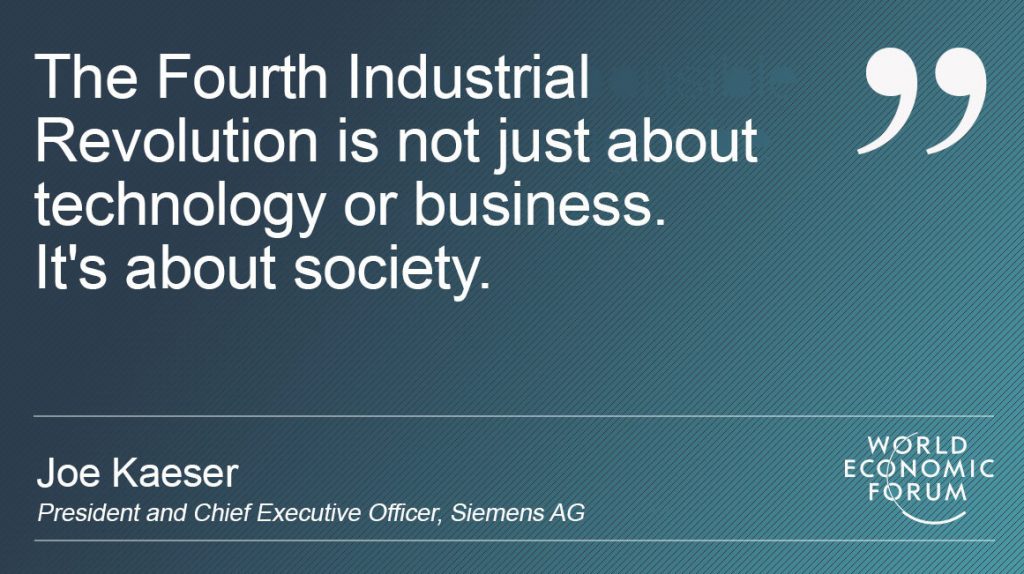
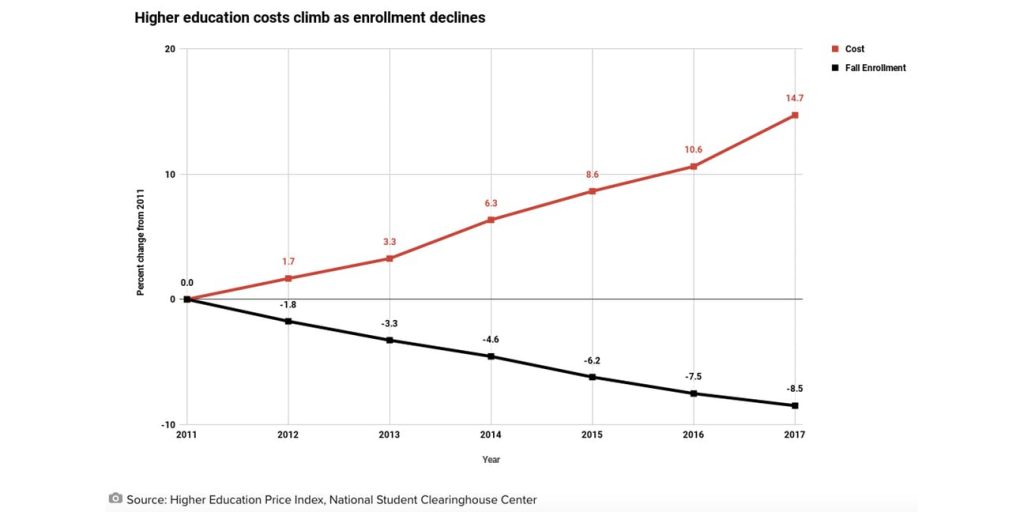
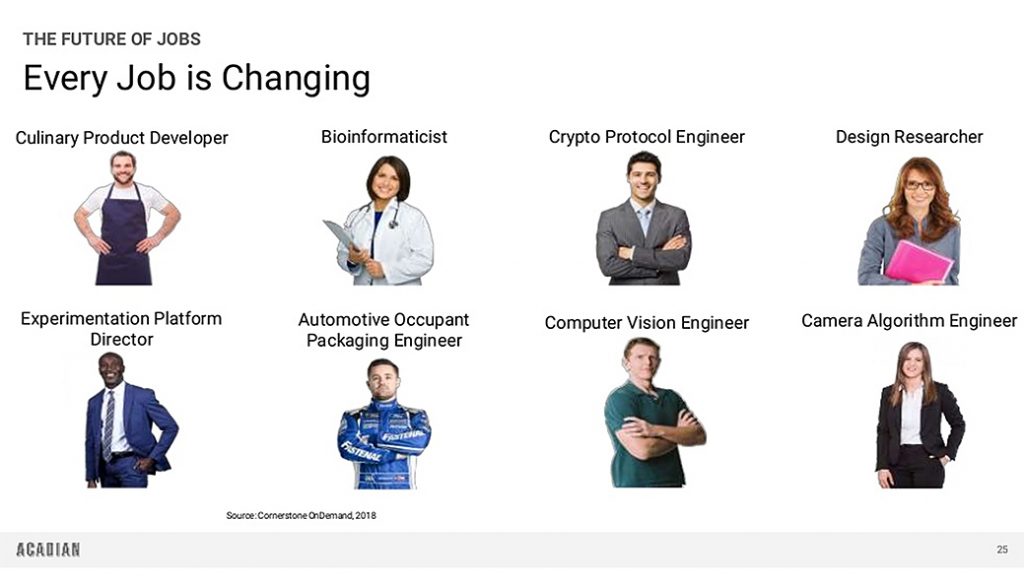

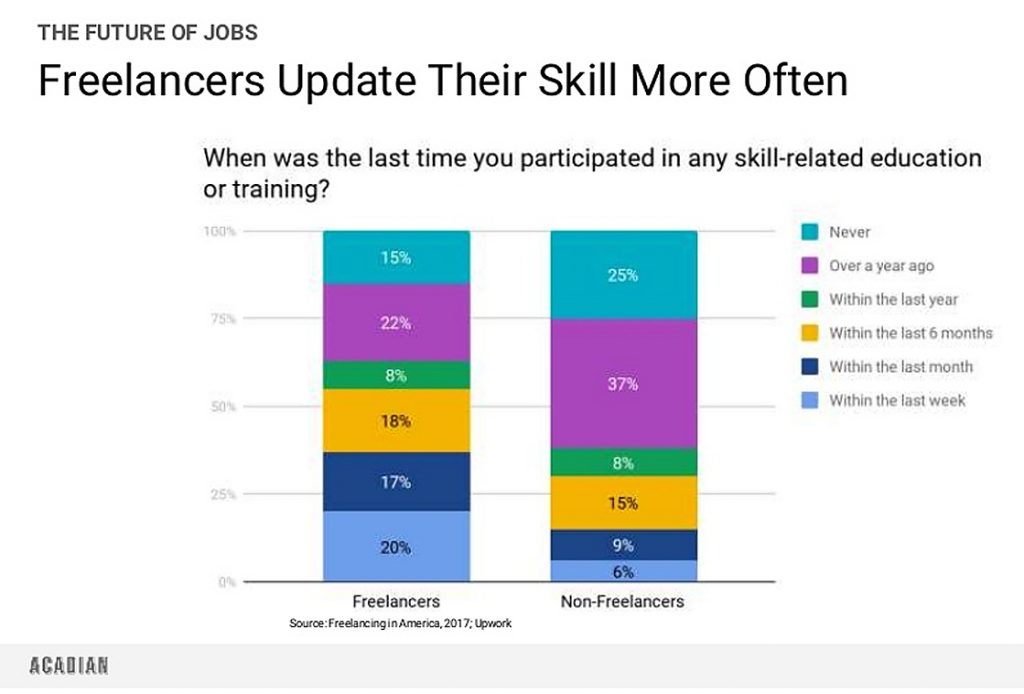
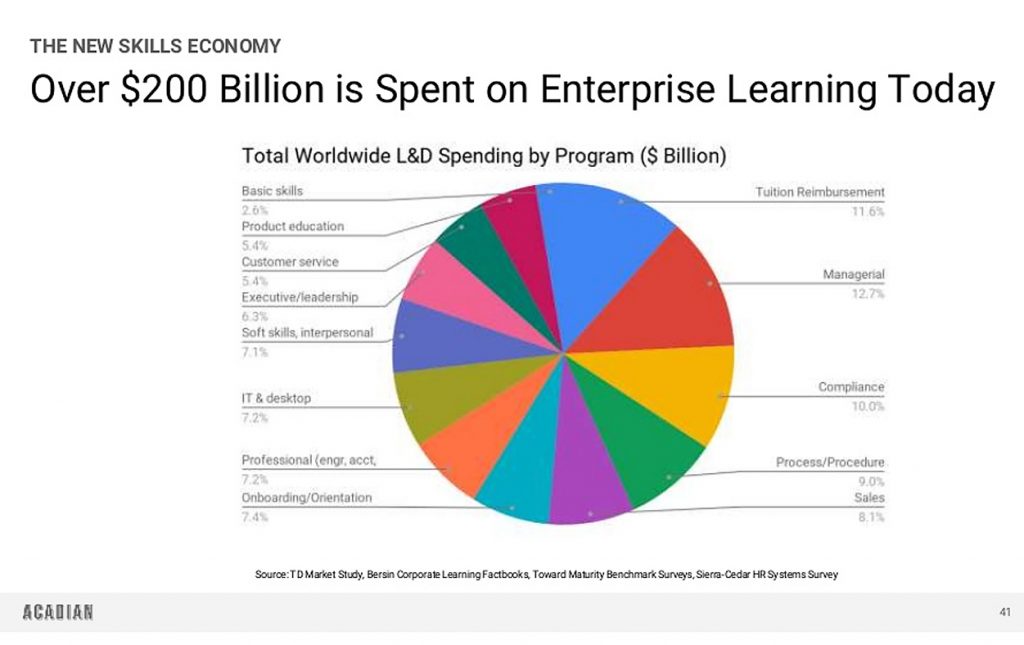
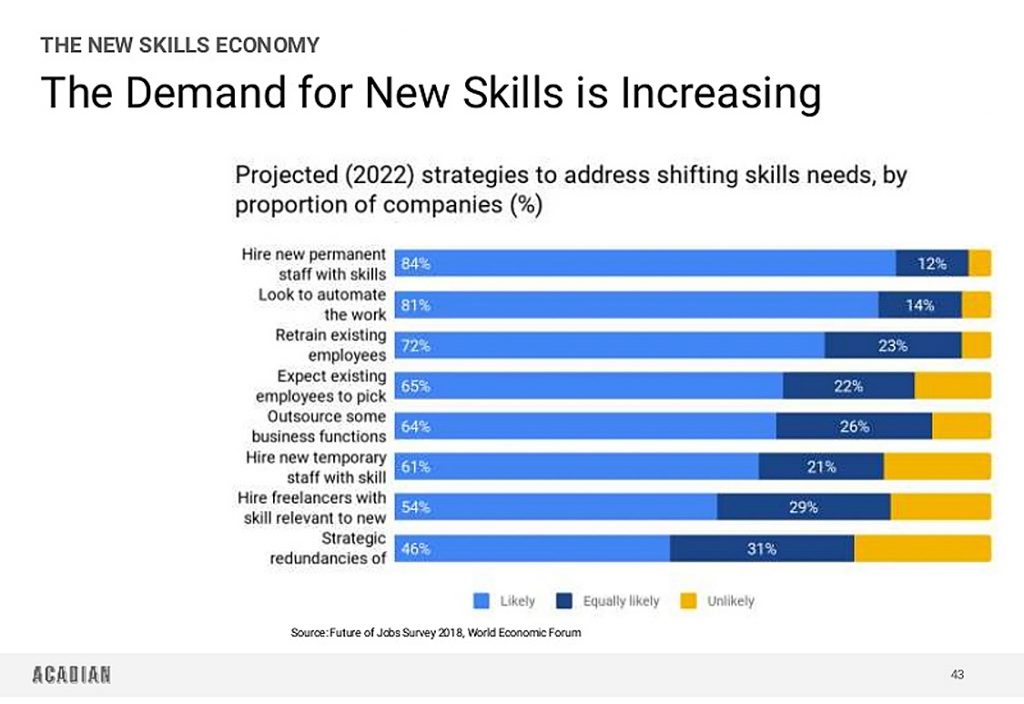

![The Living [Class] Room -- by Daniel Christian -- July 2012 -- a second device used in conjunction with a Smart/Connected TV](http://danielschristian.com/learning-ecosystems/wp-content/uploads/2012/07/The-Living-Class-Room-Daniel-S-Christian-July-2012.jpg)

